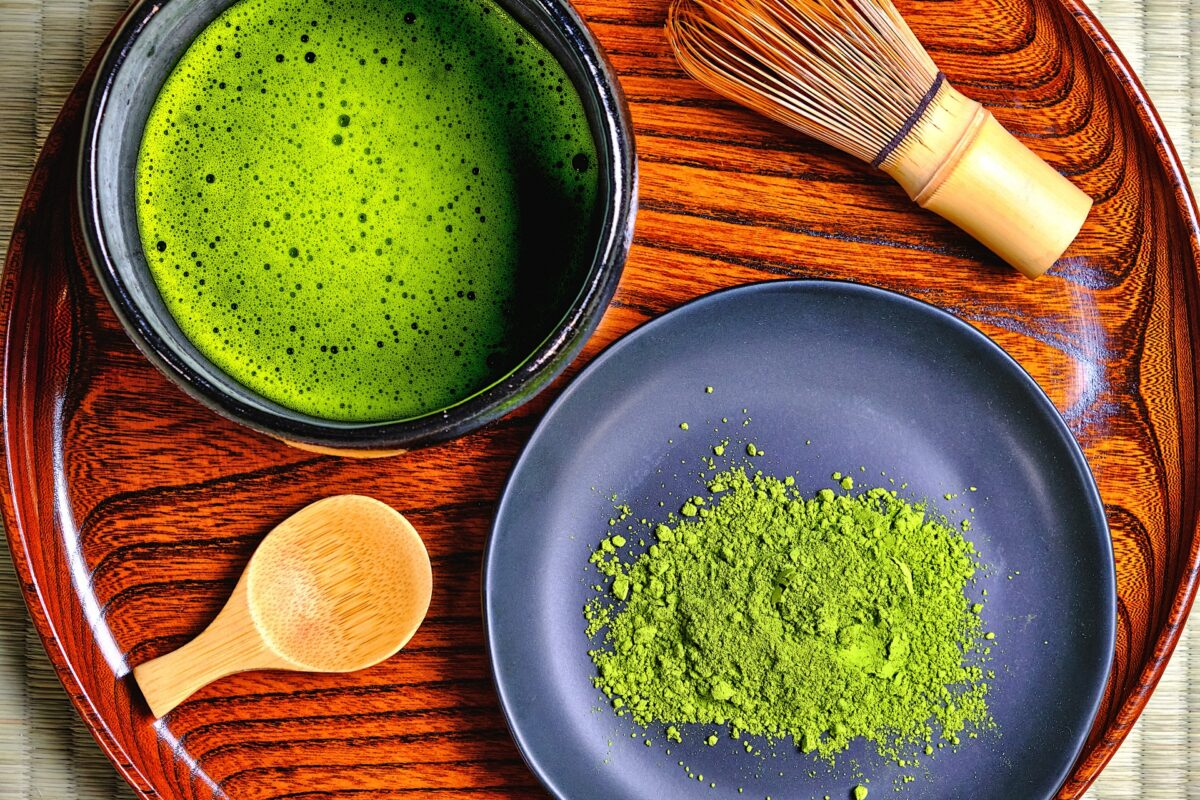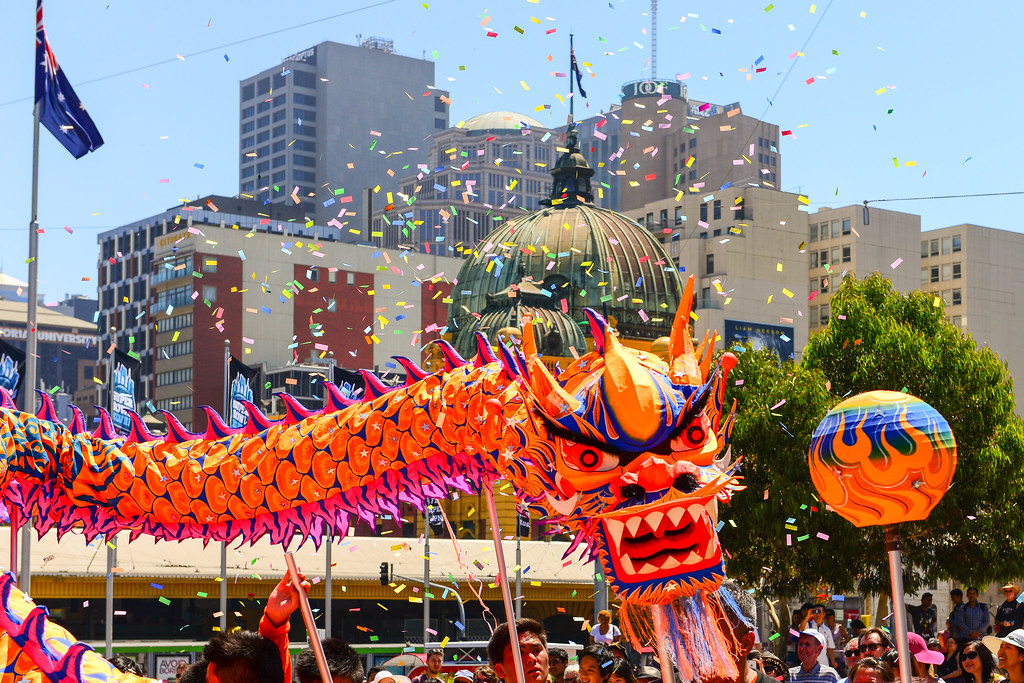Japan’s matcha is more than just finely ground green tea—it’s a symbol of mindfulness, tradition, and craftsmanship that dates back to the 12th century. Originally introduced by Buddhist monks, matcha became central to the Japanese tea ceremony, or chanoyu, emphasizing harmony, respect, and tranquility. Today, it continues to embody centuries of cultural refinement while enjoying modern appeal in beverages and desserts around the world.
Unlike ordinary green tea, matcha is made from shade-grown leaves called tencha, which are hand-picked, steamed, and stone-ground into a vivid green powder. This process concentrates the tea’s nutrients and antioxidants, making it both an energizing and healthful drink. Authentic Japanese matcha is known for its umami depth and smooth texture—qualities that result from careful cultivation in regions like Uji, Kyoto, where tea production follows ancient techniques passed down through generations.
From traditional ceremonies to contemporary cafés, matcha bridges the old and the new, connecting Japan’s cultural identity with global food trends. Its versatility shines in everything from lattes to pastries, but true appreciation comes from understanding the care and discipline behind its making. When enjoyed mindfully, matcha offers not just flavor—but a taste of Japanese philosophy itself, blending heritage, artistry, and wellness in a single cup.







